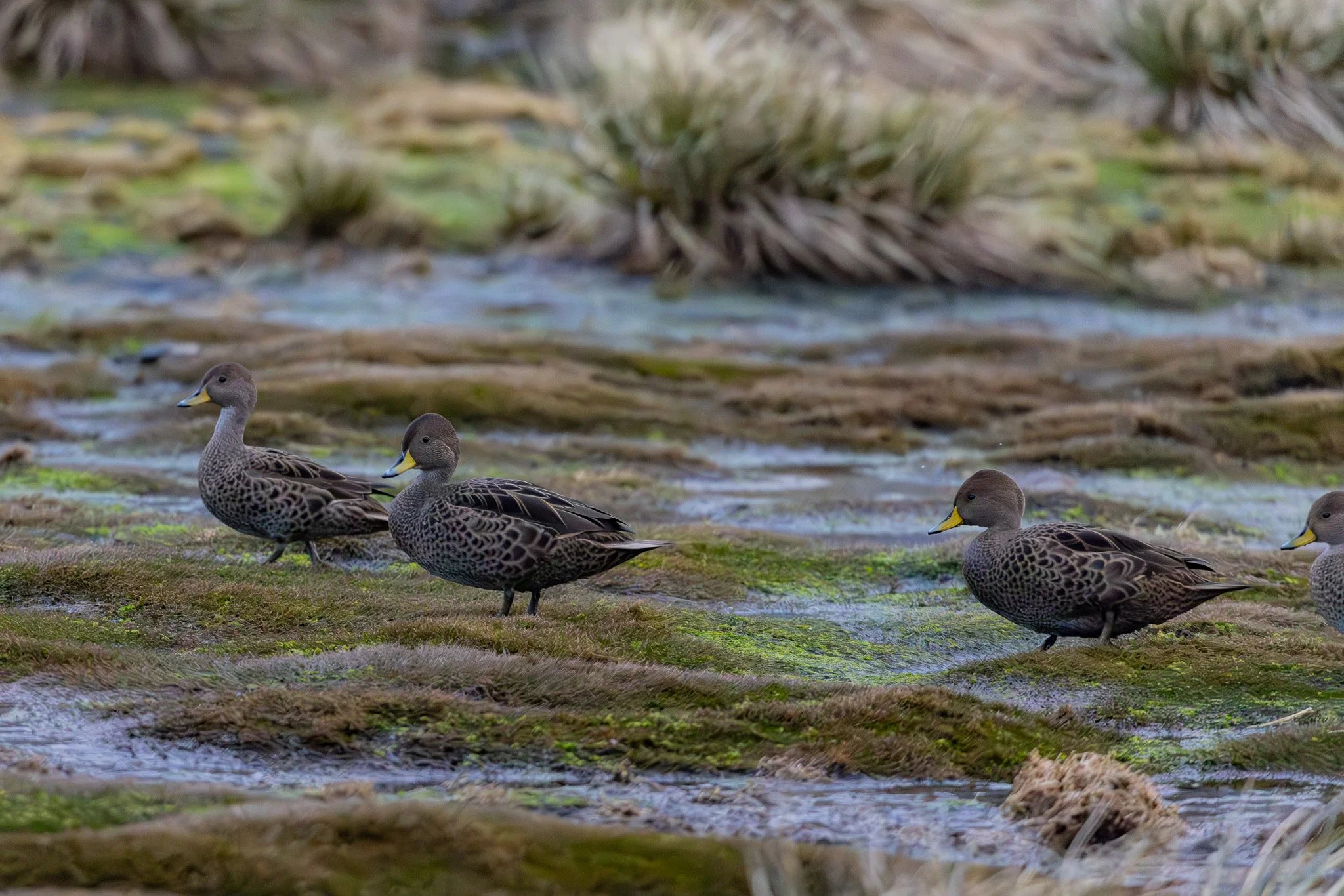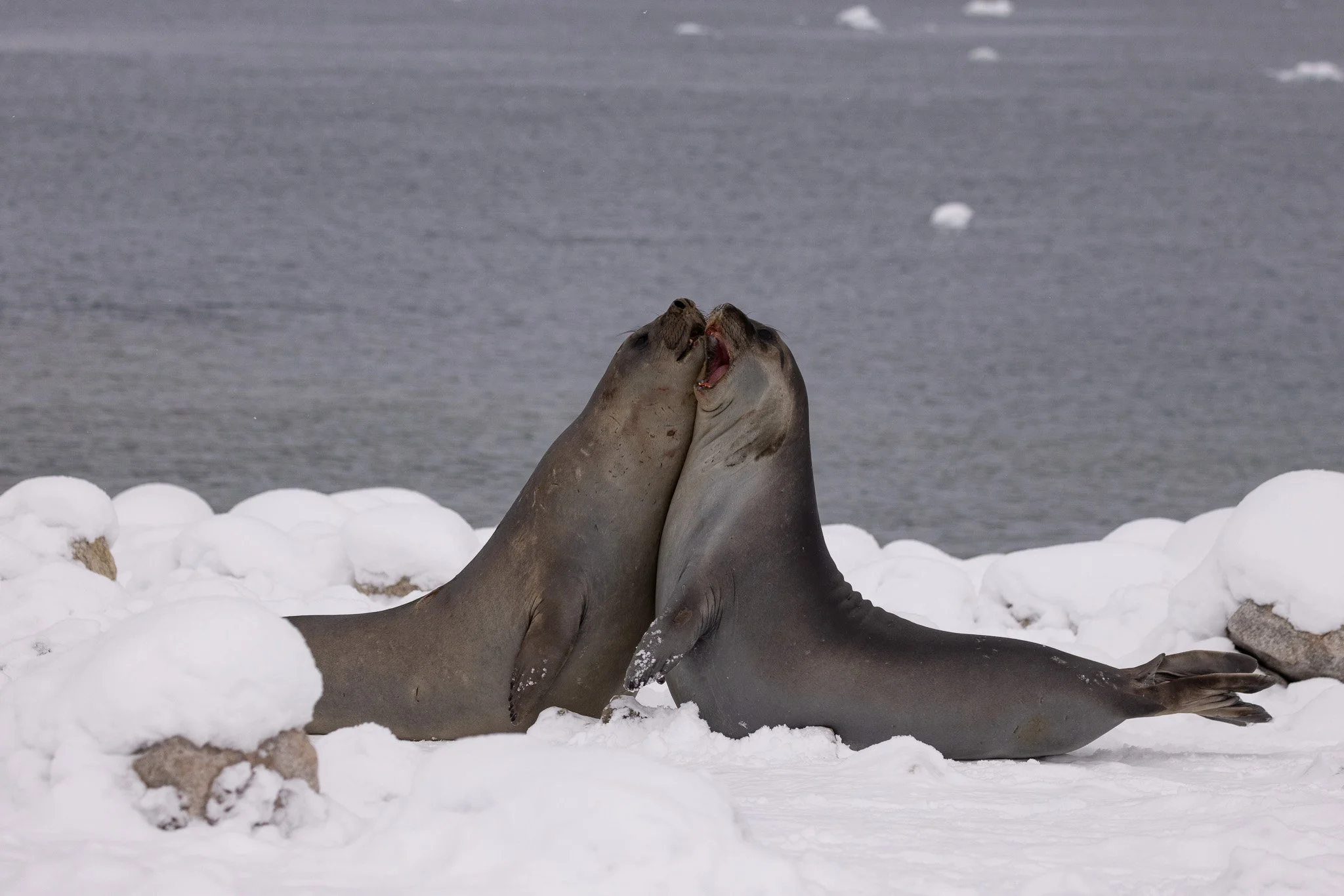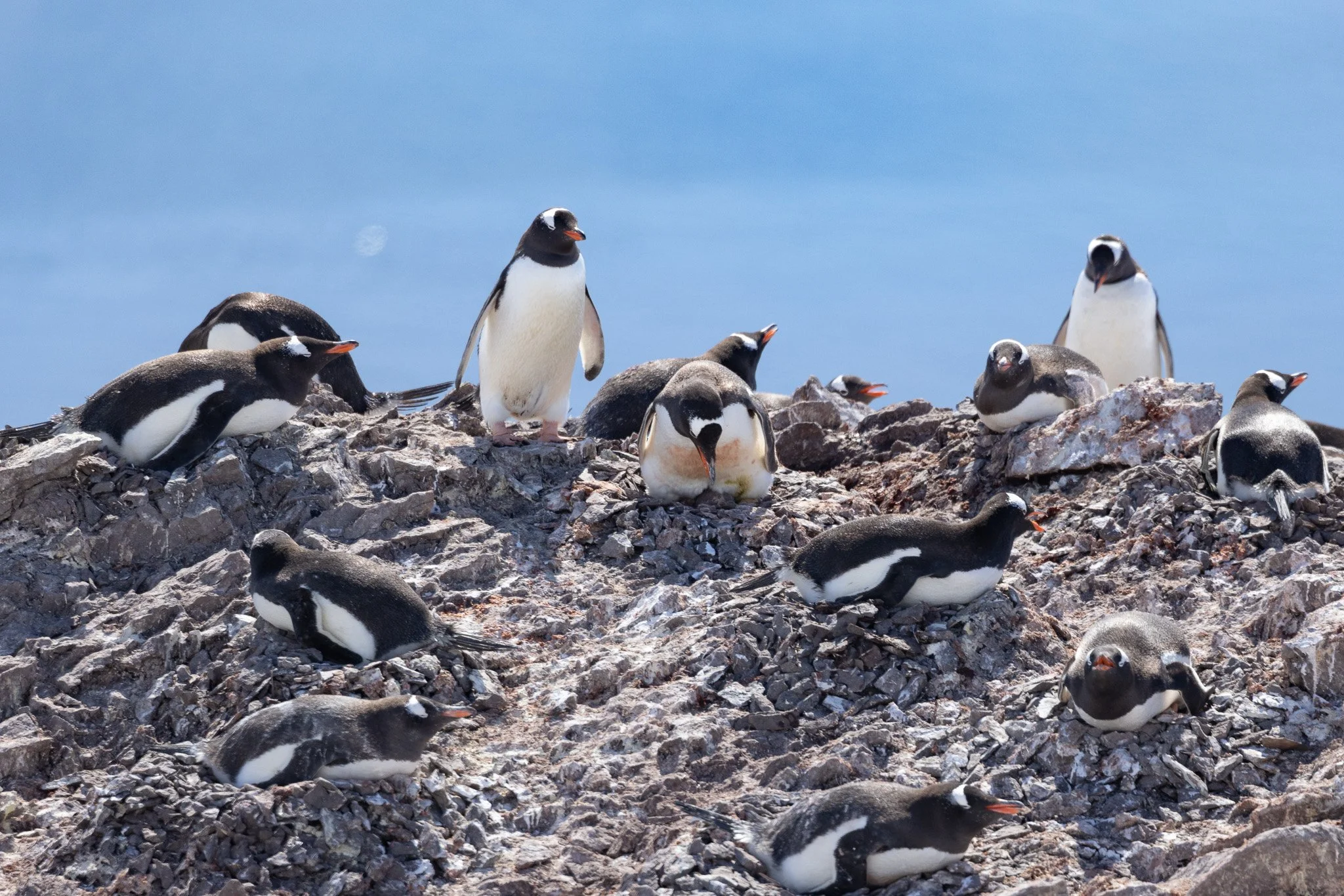Flu Season in the Antarctic - Part 2
By Safina Center Fellow Katlyn Taylor
This is a follow up to Flu Season in the Antarctic Part 1.
King penguin colony at Fortuna Bay, South Georgia. ©Katlyn Taylor
Despite the challenges of HPAI (Highly Pathogenic Avian Influenza) around the Southern Ocean, visitors were still able to enjoy this abundant ecosystem. Operators took the adjustments in stride and made the best out of the situation they were in. I do not envy the people tasked with reserving the landing sites for their ships with IAATO (International Association of Antarctic Tour Operators). Every sailing plan we made was edited multiple times per trip.
We learned to be flexible and patient. The additional protocols were really a small price to pay for the continued privilege to visit this incredible environment. So far, the precautions seem effective.
The South Georgia Government has released their updated 2024/2025 season guidelines. They are similar to last season, but there is no longer a rubric for site closures. This could be interpreted as confirmation that expedition tourism did not increase the spread of avian flu in this area. ASOC (Antarctic and Southern Ocean Coalition), who informs IAATO, on the other hand, has left the possibility of site closures as an option in their preseason information.
South Georgia pintails—these birds have recovered from near extinction after successful rat eradication from the island. ©Katlyn Taylor
All agencies agree that the risk to human health is low, and the site guidelines and recommendations include prevention protocols to keep humans safe while visiting and working in these areas. There have been no statements indicating a clear link between tourist visitation and the spread of the disease, and no cases were reported in humans by ships that visited here last season.
In the fall, many of the animals around Antarctica and South Georgia head out to open water until the next austral spring. As the density of wildlife decreases, the disease transmission risk also decreases in the local area. We won’t know how the animals fared this winter until they return to their breeding grounds in the spring. We also don’t know what another flu season could bring. I am hopeful that the worst is behind us, but like our experience from COVID the past 4 years, it’s not over and we will keep learning.
Young male Southern elephant seals jousting at Neko Harbor, Antarctic Peninsula—after the breeding season the seals distribute more widely. ©Katlyn Taylor
Avian flu is just one item on a list of concerns that Southern Ocean commercialization introduces for discussion. As this destination continues to gain popularity, we need to stay vigilant to the risks of this fragile ecosystem. Commercial krill fishing, climate change, tourism travel, and the introduction of invasive species are all risks that must be managed in addition to the current situation with HPAI. We have our work cut out for us—and I do mean all of us. Even if you have never traveled to this place, you are contributing to its changes. So, my advice to you: put the environment in your decision-making process. If we all start to assess the environmental impact of our own actions, we become aware of the larger institutions and processes that drive the changes on our planet.
Gentoo penguins on an exceptionally hot day at Danco Island, Antarctica—note the open mouths as they pant to stay cool. ©Katlyn Taylor




